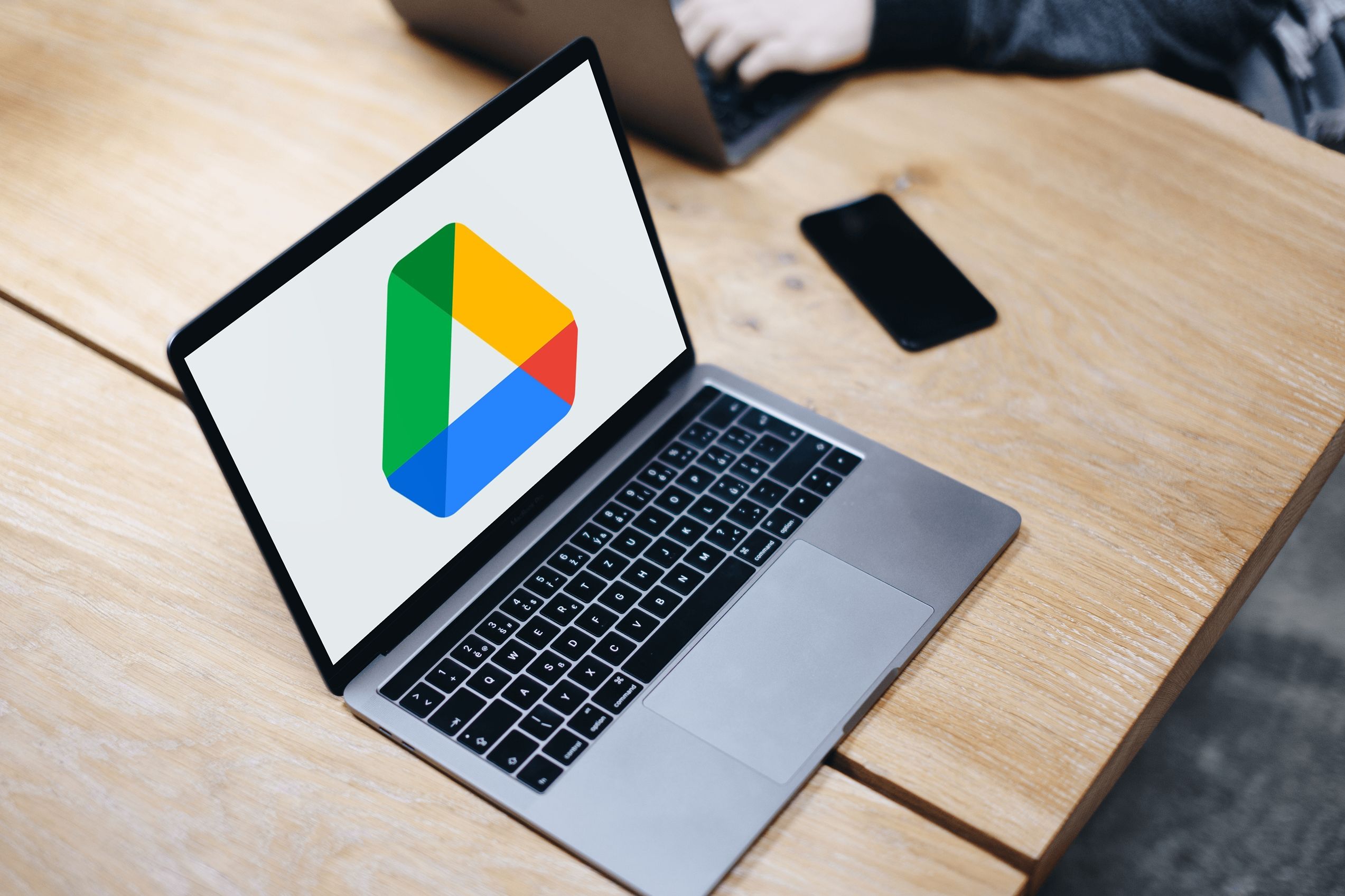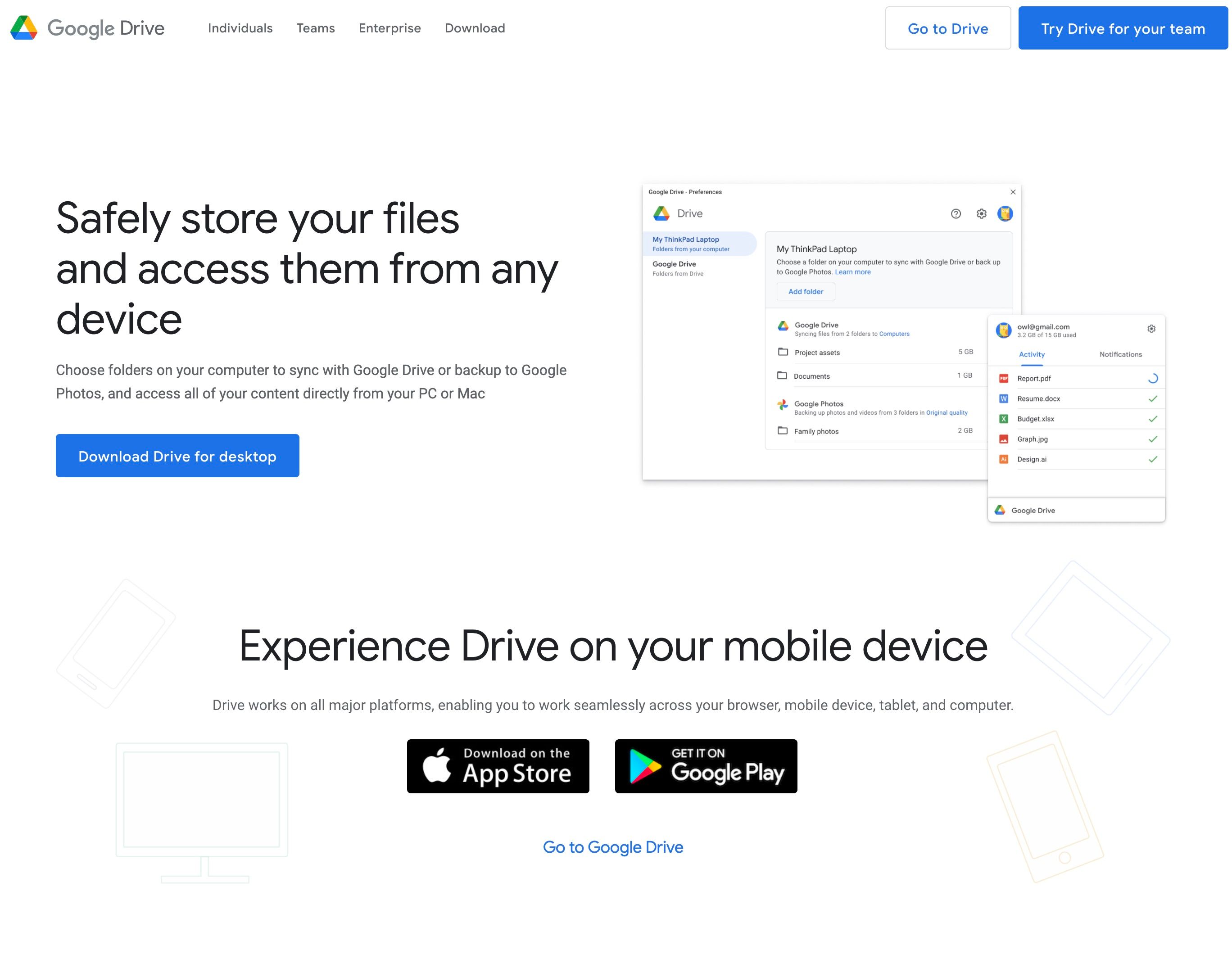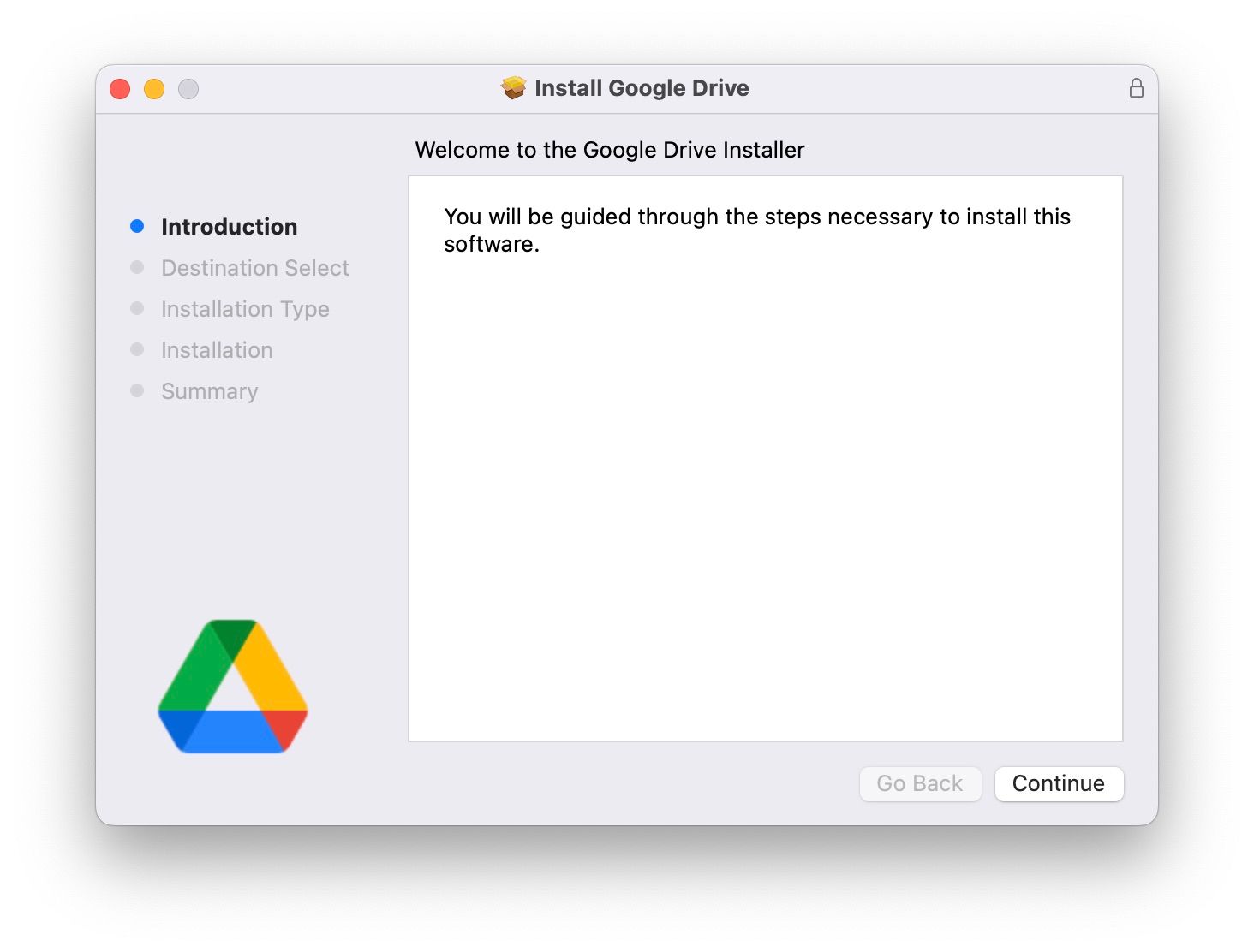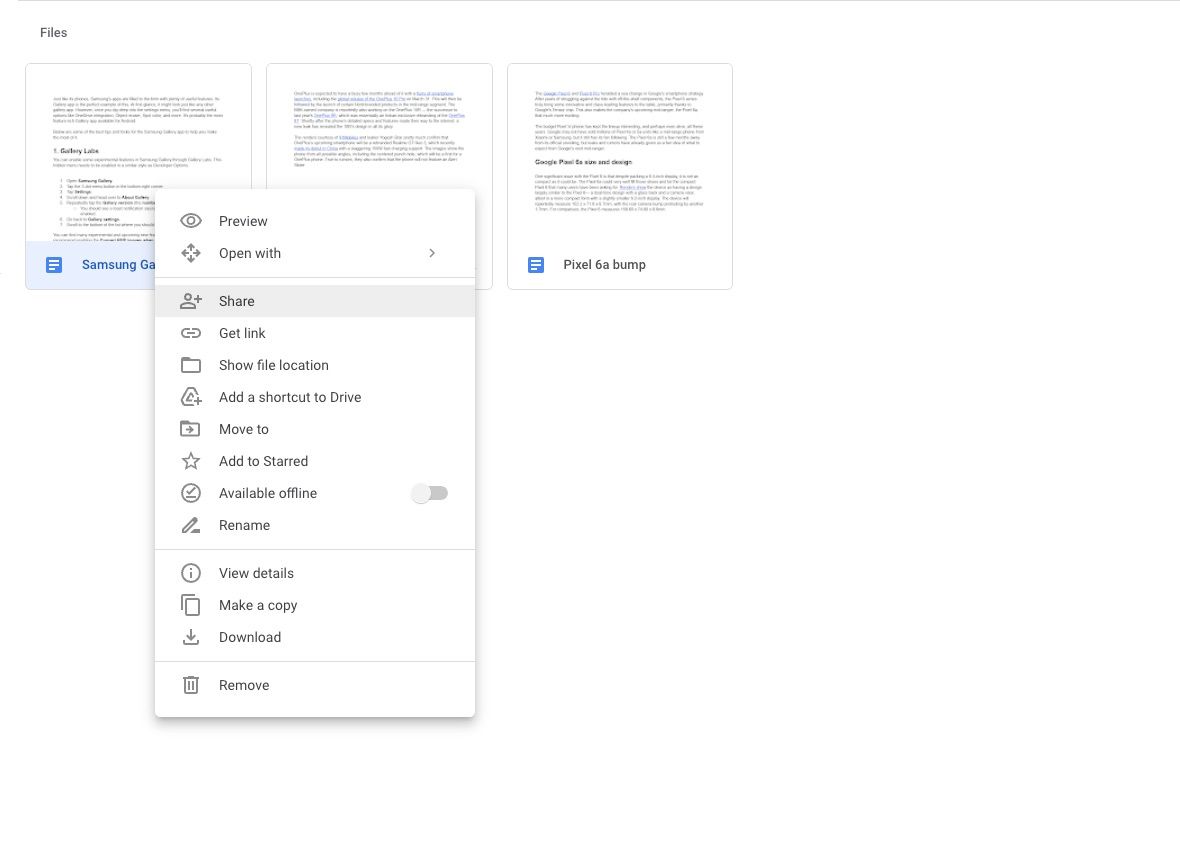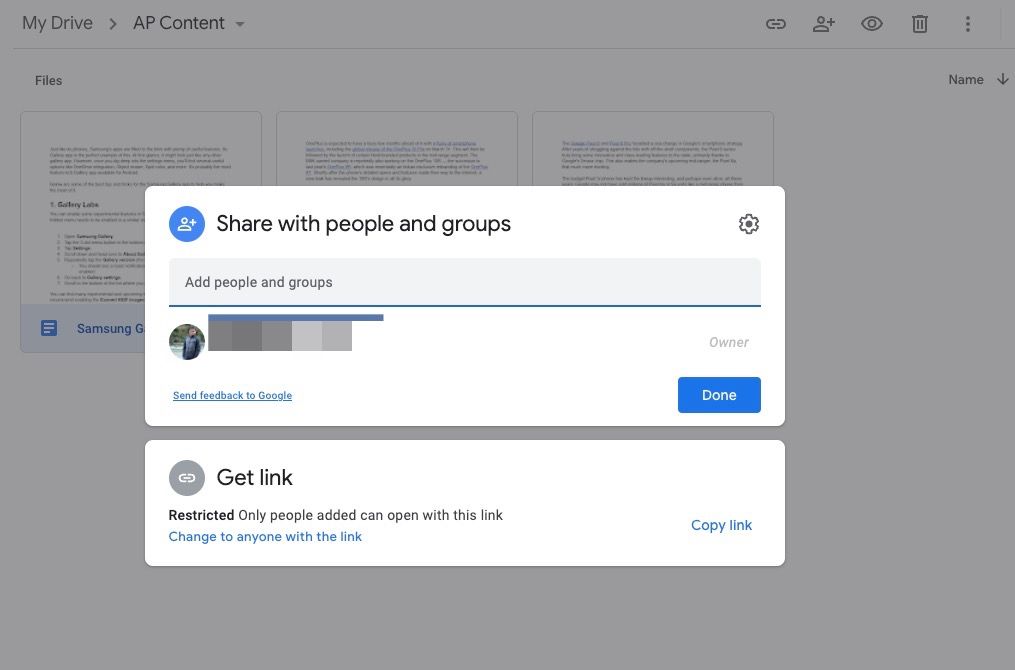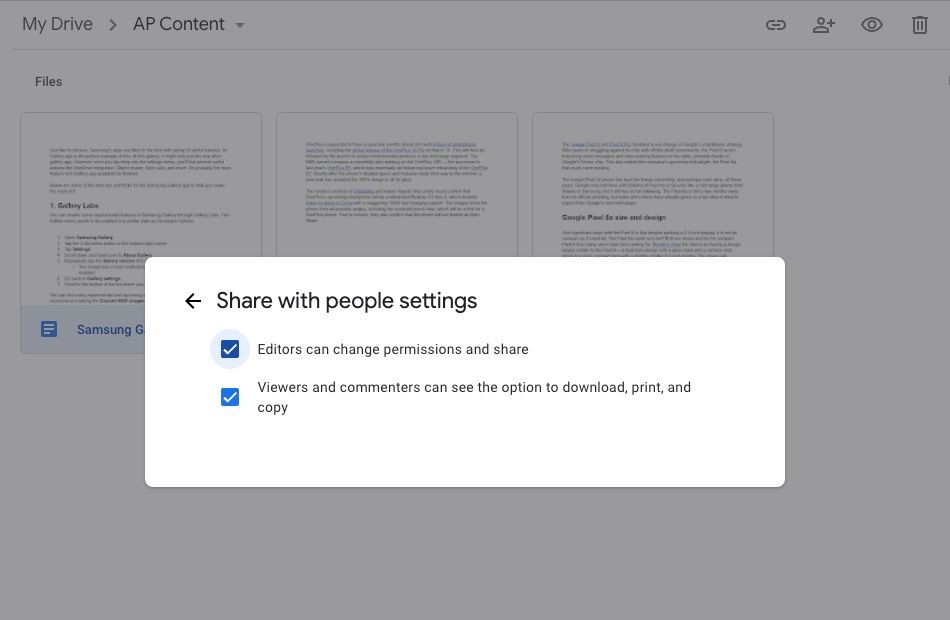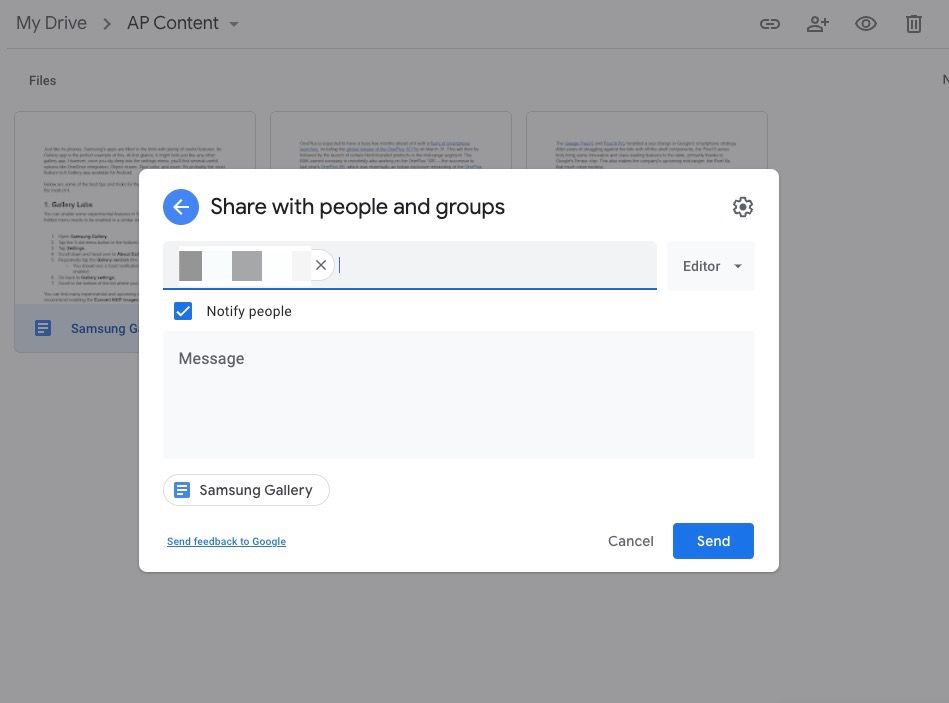Cloud storage is an excellent option to keep your pictures, videos, documents, and files safe. It's also an excellent way to free up storage on your phone, especially if you have a budget Android phone that doesn't have loads of internal storage. Google Drive is a popular cloud storage option. It's easy to use and affordable. It's a great service that packs handy features that give you access to your files and data from anywhere in the world and virtually any smartphone, tablet, or computer.
Read on to learn more about how Google Drive works, get tips on how to get started, and maximize your storage space.
What is Google Drive?
Before setting up Google Drive, let's explore what the service does and how it compares to the competition. Google Drive is a cloud storage service. You can use it to save files on Google's cloud and access them from any device, virtually anywhere in the world. Since it's a Google service, you don't need to create an account. You can use your Gmail or YouTube account.
It's also broadly integrated with Google Workspace and bundled with editing services like Docs, Slides, and Sheets, on top of Gmail, which makes it a strong competitor against Microsoft OneDrive. Compared to other services like Dropbox and Box, Google Drive comes with 15GB of free space and is among the cheapest options when you need more space, making it one of the best solutions on the market. However, this storage space is shared across other Google services, including Gmail. Google Drive's paid storage options are affordable if you need more space.
The pricing structure for Google Drive storage options is tiered based on the amount of space. For smaller storage needs, 100GB is available at $2 per month or a discounted rate of $20 annually. Doubling the storage to 200GB costs $3 monthly or $30 for the year. If you need more storage, 2TB is offered at $10 monthly or an annual rate of $100. Business needs can be met with higher storage capacities, with 10TB at $100 per month, 20TB at $200 per month, and the largest offering of 30TB at $300 per month, making it a great choice.
Google Drive offers versatile access options for its users. It's accessible through the cloud at drive.google.com. It's available for iPhone users via the App Store, allowing for seamless integration with iOS devices. Google Drive is preinstalled on most Android phones, so you don't have to download it on your handset if you're an Android user.
How to upload files to Google Drive from your phone
Now that you know what Google Drive is, start uploading files and use your storage space. You can create folders and subfolders for further organization, just like you would on your computer.
Before you begin, make sure your phone is connected to a speedy Wi-Fi network when uploading large files. Google Drive's default is set so that files aren't uploaded when using mobile data. To change this, navigate to the Google Drive settings menu and turn off the Transfer files only over Wi-Fi option, which makes sense if you have a large 4G or 5G data allowance that comes with your mobile subscription.
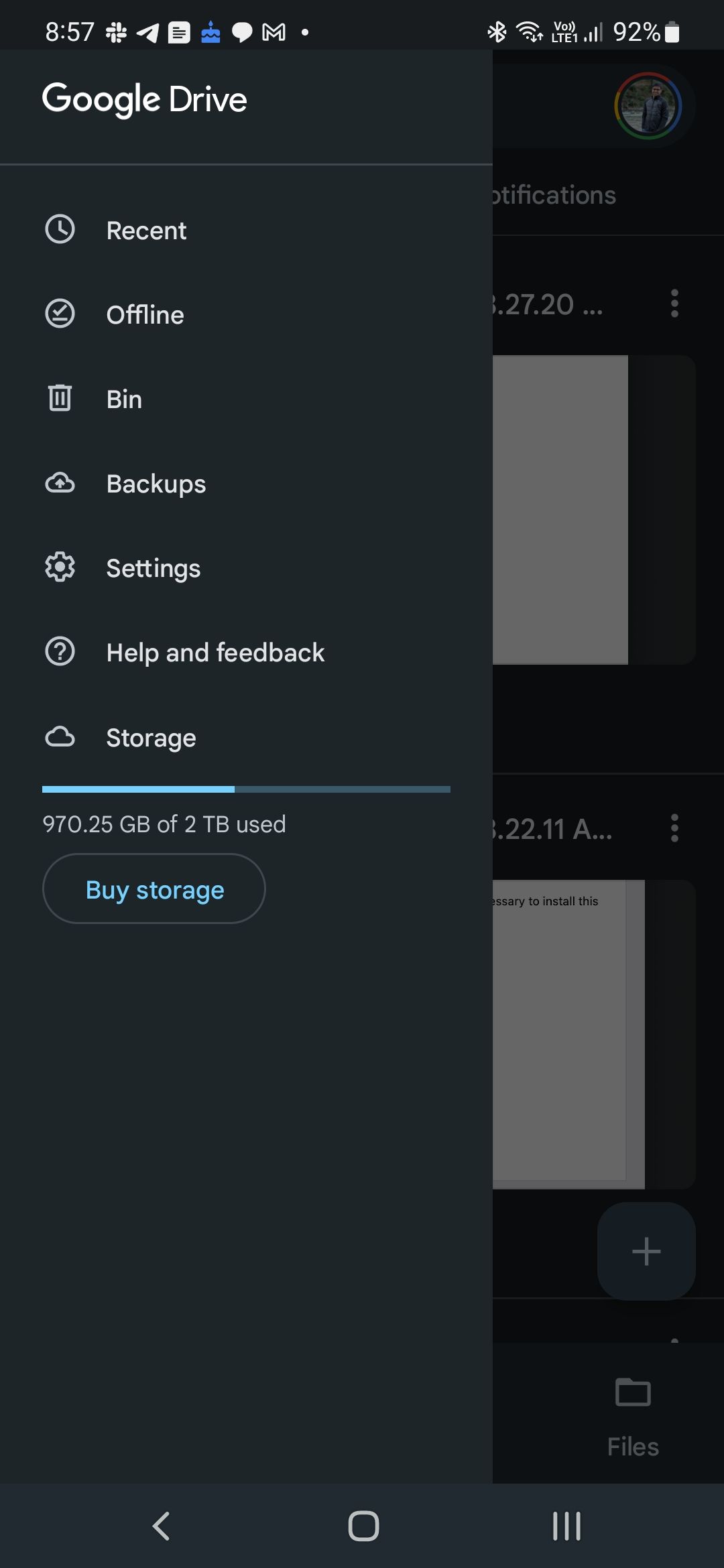
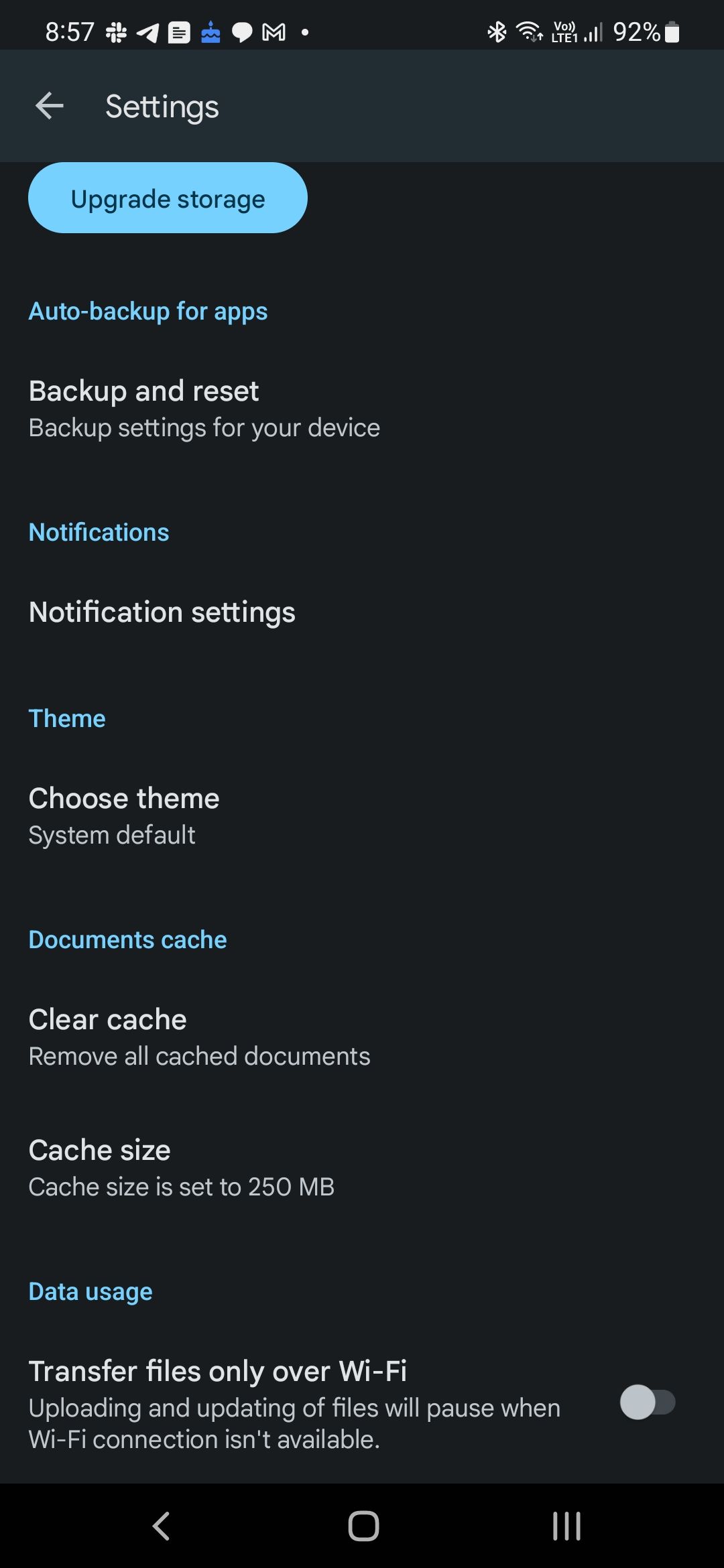
After you've made this change, you can upload any file you want. Here's how:
- Open the Google Drive app on your smartphone.
- Navigate to the folder inside which you want to upload the file.
- Tap the + icon.
-
From the dialog box that pops up, select Upload.
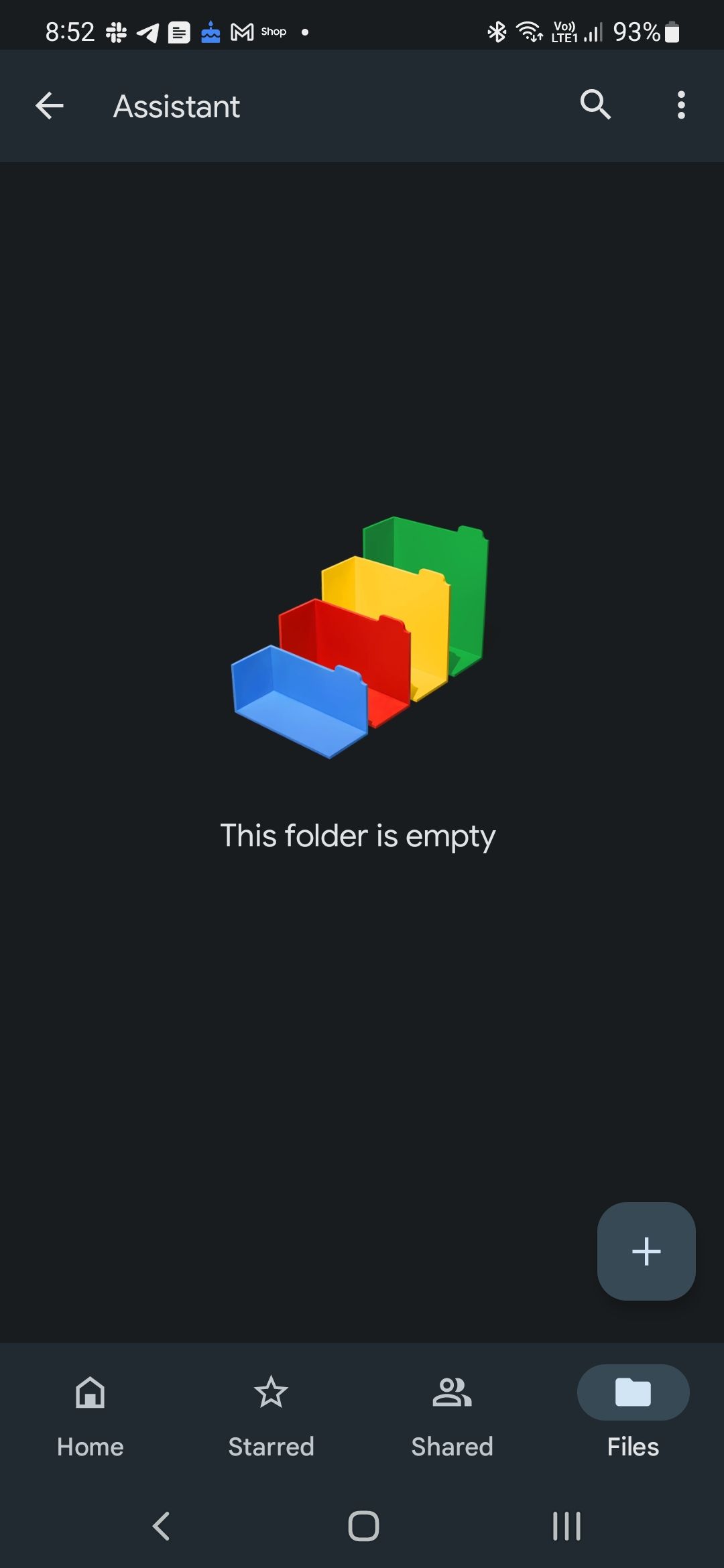
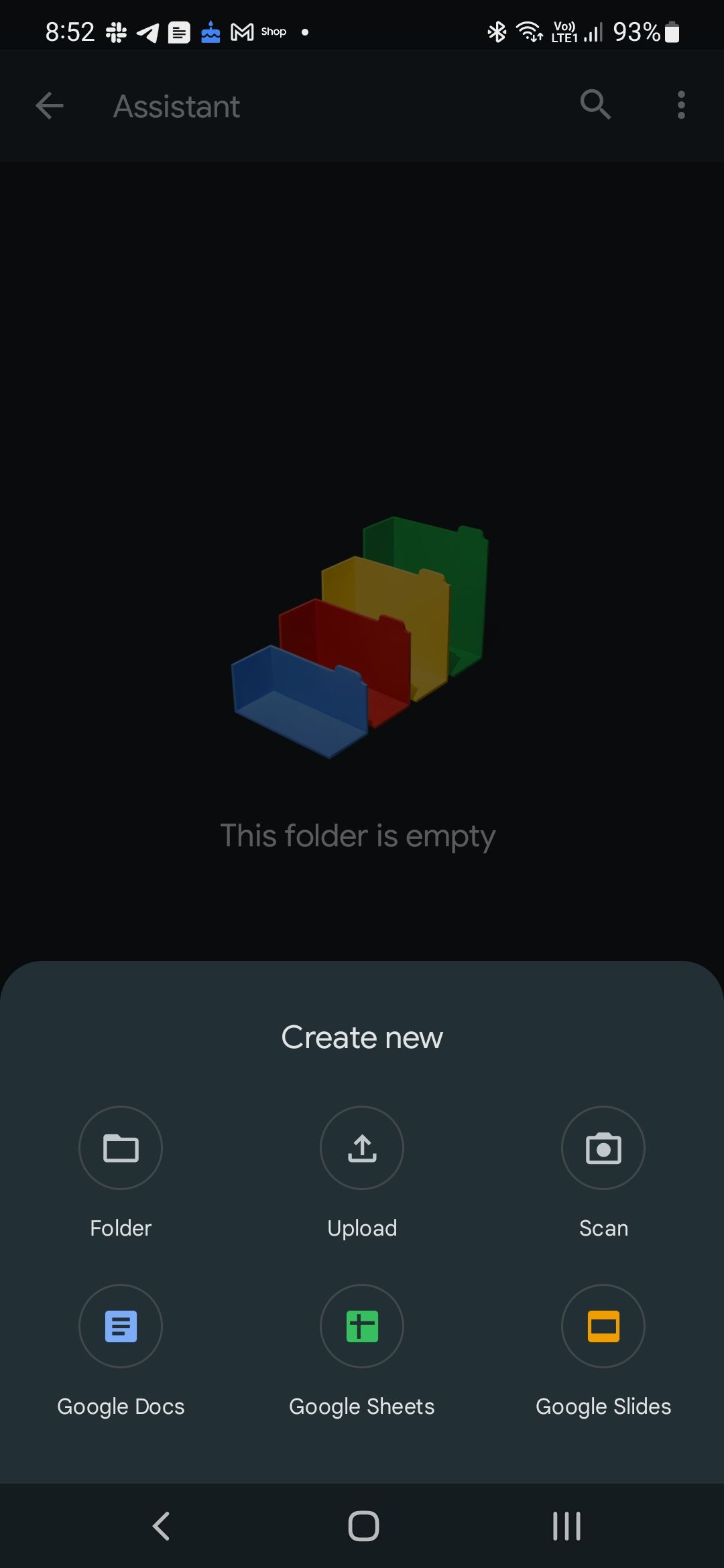
- Select the files you want to upload.
How to set up Google Drive on your PC
In addition to its Android app, Google Drive has an app for Windows computers. Here's how to download and use it:
- Go to the Google Drive page and download the desktop app on your PC.
- Double-click the installer and follow the on-screen installation instructions.
- After the installation finishes, the Google Drive icon appears on the Windows status bar.
- Click the Google Drive icon and sign in with your Google account.
- The Google Drive client is now ready for use on your PC.
You'll see a virtual drive for Google Drive on your desktop. Use this Drive to sync files to the cloud and access them from your other devices. Upload files to Google Drive by copying and pasting files or dragging and dropping files to the virtual Drive folder.
How to set up Google Drive on your Mac
Apple users can make the most of Google Drive, as a Mac app is available. It works almost the same way as the Windows app:
-
Download the Google Drive client for Mac from the Drive download page.
-
Open the installer by double-clicking its icon.
- Follow the on-screen instructions to install the Drive client on your Mac.
- The Google Drive icon appears in your Mac's menu bar when the installation is done.
- Click the Google Drive icon and sign in with your Google account.
You can access your Google Drive folder in Finder when the setup process is complete. Paste or drag and drop files to Google Drive to sync them to the cloud automatically.
How to sync files and folders to Google Drive
You don't always need to upload files and folders to Drive from your computer. You can sync a specific folder so that changes automatically upload to the cloud and vice versa. First, ensure the Google Drive client is installed on your PC or Mac. Then, follow the steps below to sync files and folders to the cloud.
- Right click any folder that you want to sync to Drive.
- Select the Sync or back up this folder option.
- From the dialog box that opens, ensure that the appropriate option is selected. Select the Back up to Google Photos option to back up photos or videos to Google Photos instead of Google Drive.
- Tap Done.
How to share files on Google Drive
You can share files stored on Google Drive with your friends or family. Any file you share that's stored in your Drive does not count against their storage.
Sharing files from Google Drive on your phone
- Open the Google Drive app and navigate to the file or folder you want to share.
- Tap the three-dot menu (⋮) beside the file name.
- Select Share from the menu that pops up.
-
Enter the name of the people or groups you want to share the file or folder with.
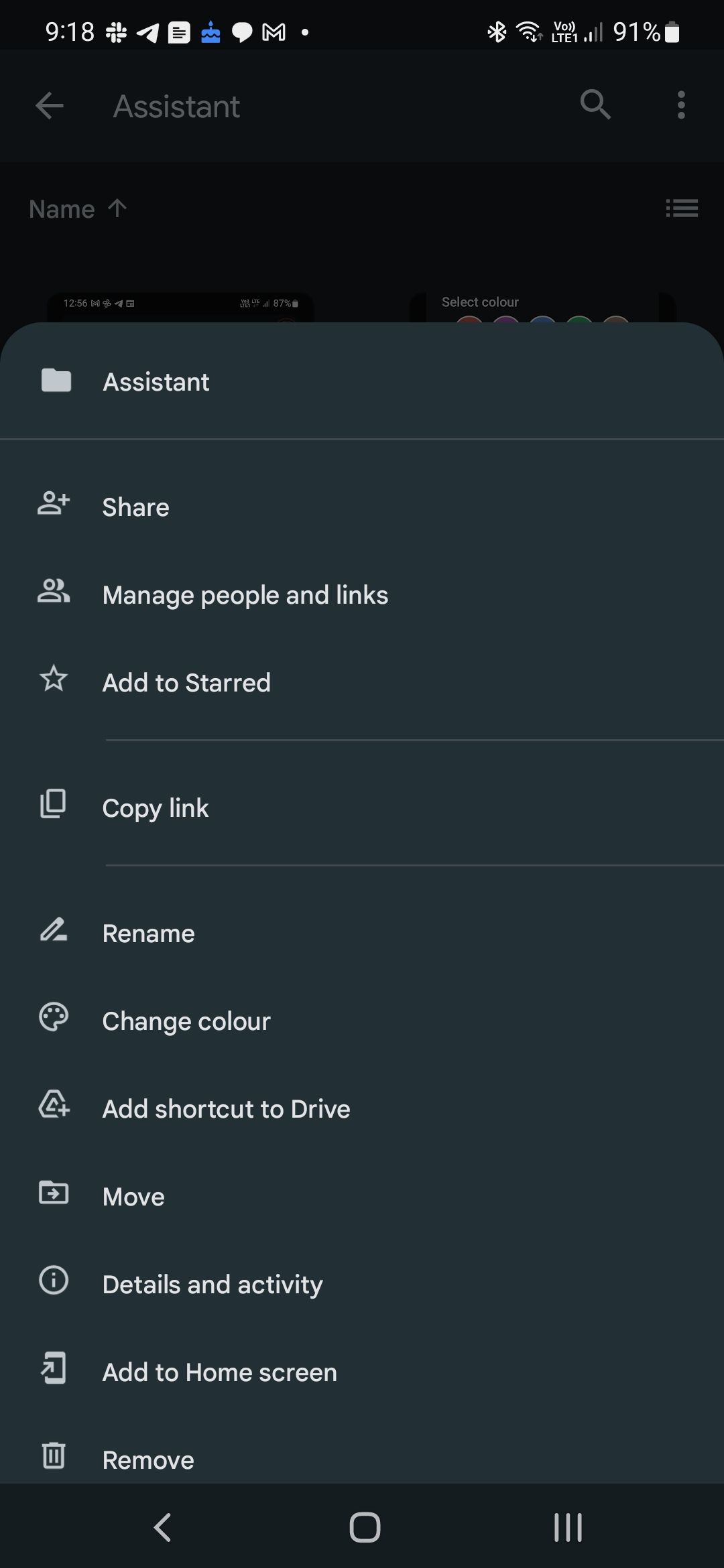
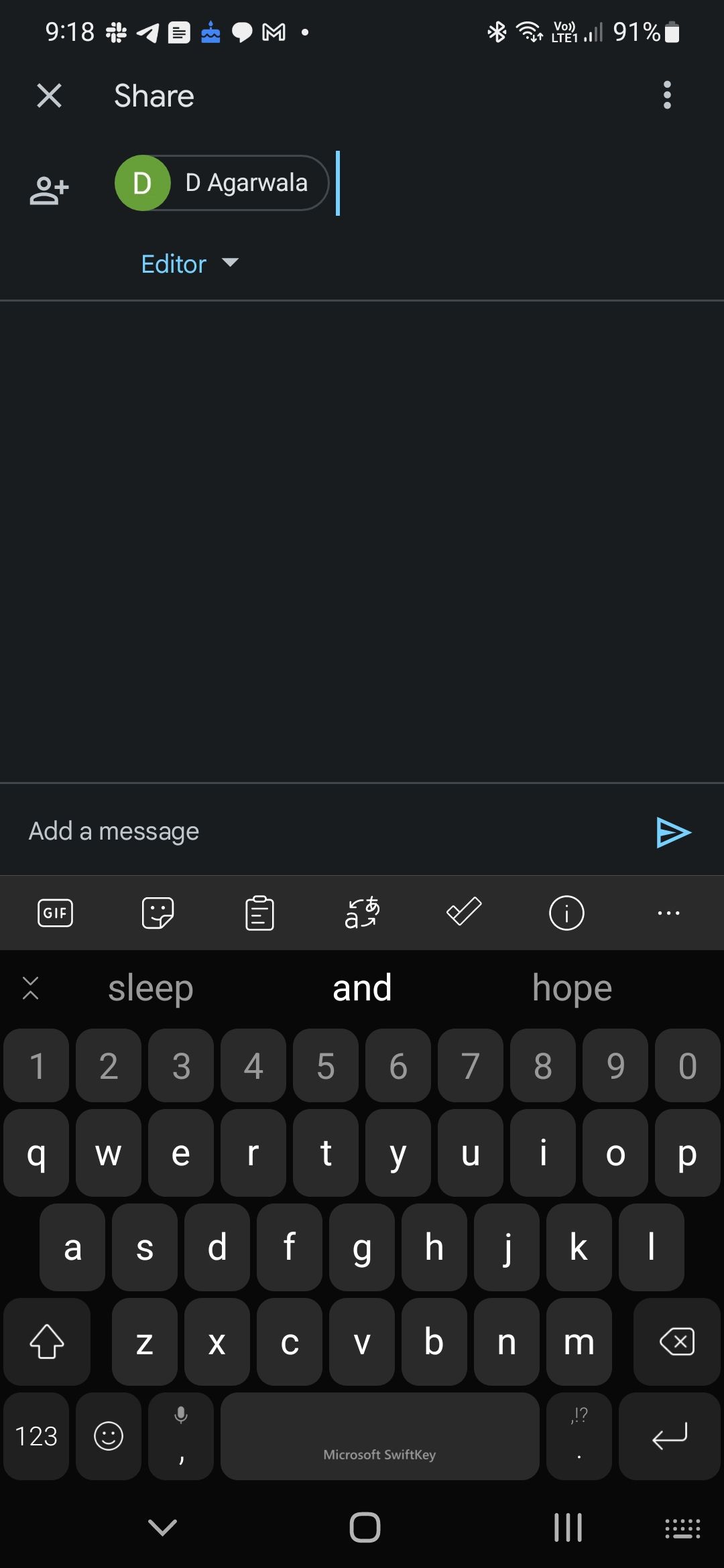
-
After entering the details, select the access role: Editor, Viewer, or Commenter.
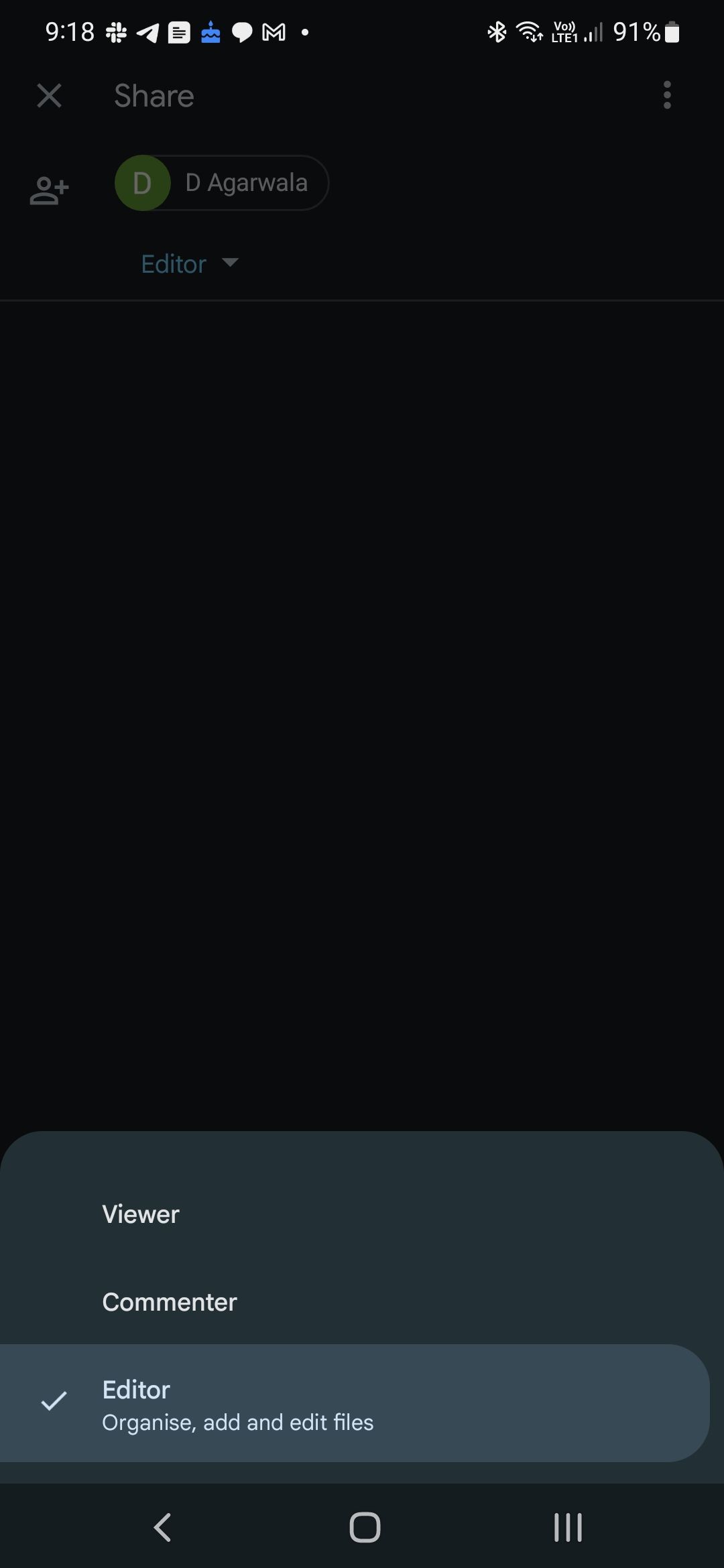
- Add a message with the shared file and confirm your selection.
Sharing files from Google Drive on the web
-
Right click the file or folder you want to share and select Share from the menu. Alternatively, use the Get link option at the bottom to share the file or folder link.
- A dialog box appears where you can add people or groups with whom you want to share the content.
-
Enter the person's email ID or Google group name. A list of people with access to the file or folder displays below it.
- By default, new users are given editor permission to organize, add, and edit the file as they like. Select the drop-down menu to change this to Viewer or Commenter. You can also allow an editor to make changes to a file but not share it with others or change its permission.
-
Click the Settings icon in the upper-right corner of the share dialog box and turn off the appropriate option.
-
Turn off the Notify people option if you don't want them to be notified that a file has been shared with them.
How to download files from Google Drive
Downloading files from Google Drive is straightforward, irrespective of your device:
- On the web: Right click the file and select Download.
- On an Android device: Tap the three-dot menu (⋮) button beside the file name and select Download.
- On an iPhone: Select Open in and tap the Save to Files option.
Google Drive tips and tricks for Android and iPhone
Now that you're set up, make the most of Google Drive. Here are some tips that will help you use the app efficiently on your Android device or iPhone.
Manage your Android phone backups
Google backs up an Android phone's text messages, call logs, app data, and device settings to the cloud. If you have multiple devices or want to manage this backup, open the Google Drive app.
- Tap the menu button in the upper-left corner or swipe from left to right.
- Tap Backups from the sidebar.
-
Google Drive displays the device and WhatsApp backups.
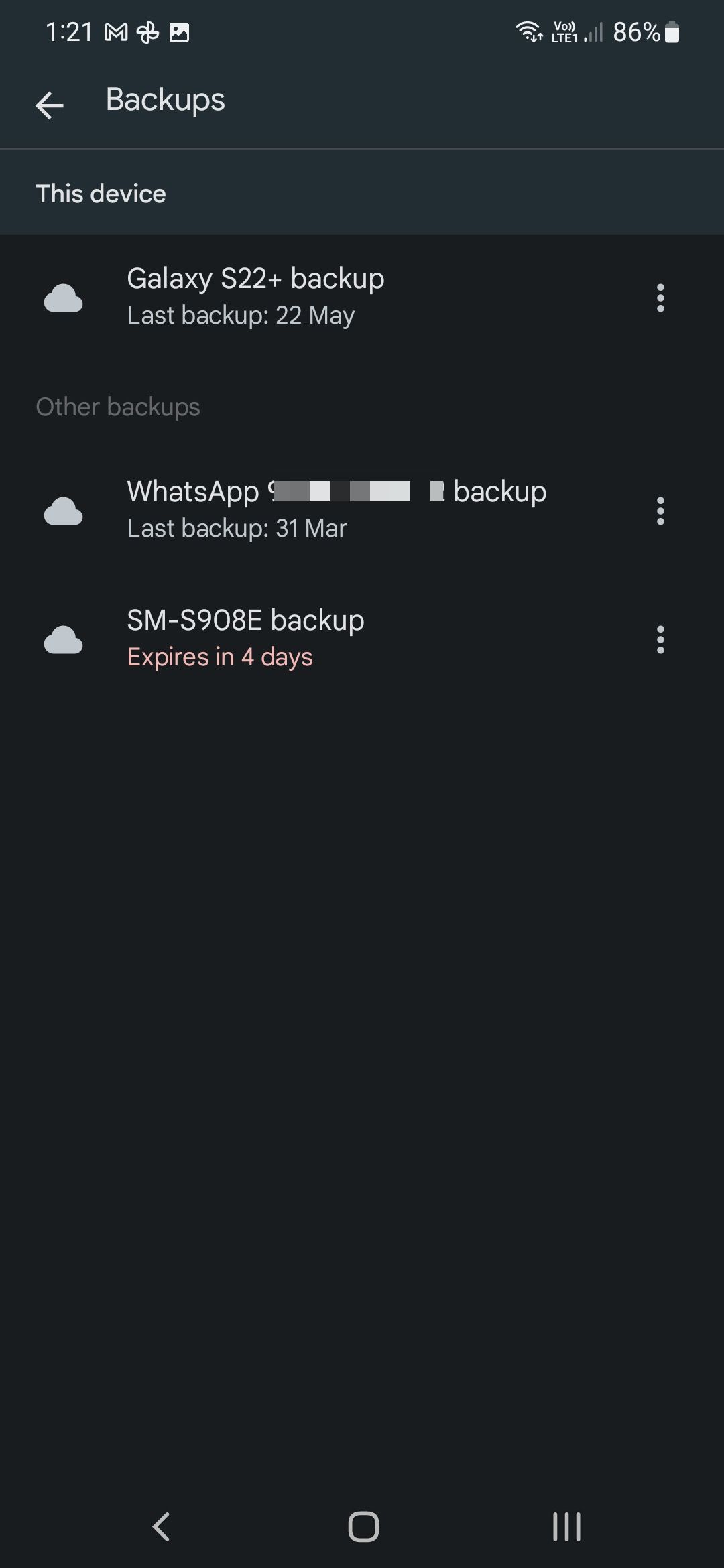
- Tap a device backup to see the data backed up from it. You can also delete older device backups.
- If you use WhatsApp, you can delete your last WhatsApp backup from here and turn it off. You cannot see the content of the backed-up data.
Save files for offline access
If there are files in Google Drive that you need to access when you don't have an active internet connection, save them for offline access. Here's how:
- Open the Google Drive app on your phone.
- Tap the three-dot (⋮) button beside the file name you want to access offline.
-
Select the Make available offline option.
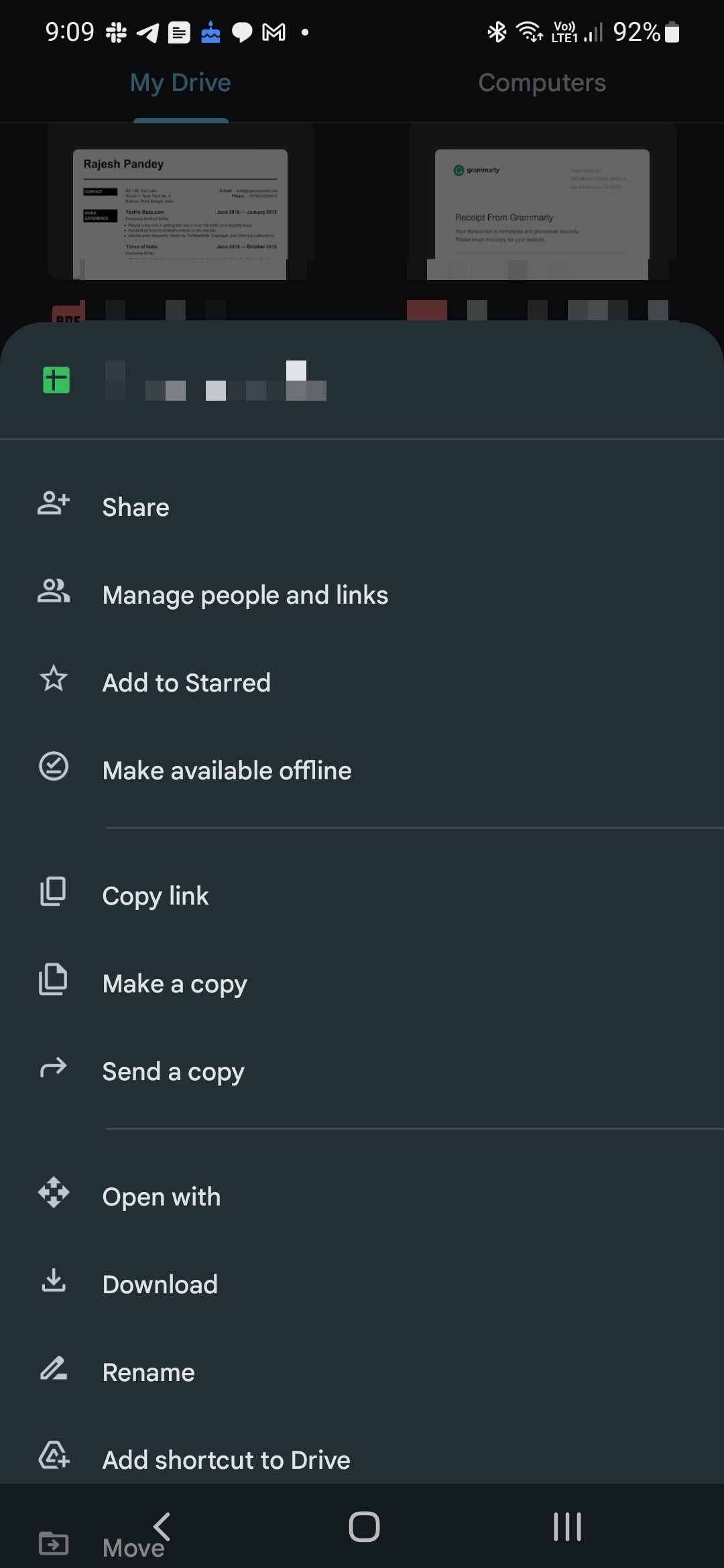
- You can access all offline files from the Offline section listed in the navigation drawer.
Use different colors for folder icons
If you have a lot of folders in Google Drive, finding the right one can be a chore, especially when you're in a hurry. Changing the folder's color makes it easier to find. This way, you can differentiate between folders based on color.
- Open the Google Drive app on Android or iPhone.
- Tap the three-dot (⋮) menu button beside a folder's name. Alternatively, open the folder and tap the three-dot (⋮) menu button in the upper-right corner.
- Select the Change color option.
-
Select a color shade. The changes are instantly applied, and you'll see the folder in the color shade you selected.
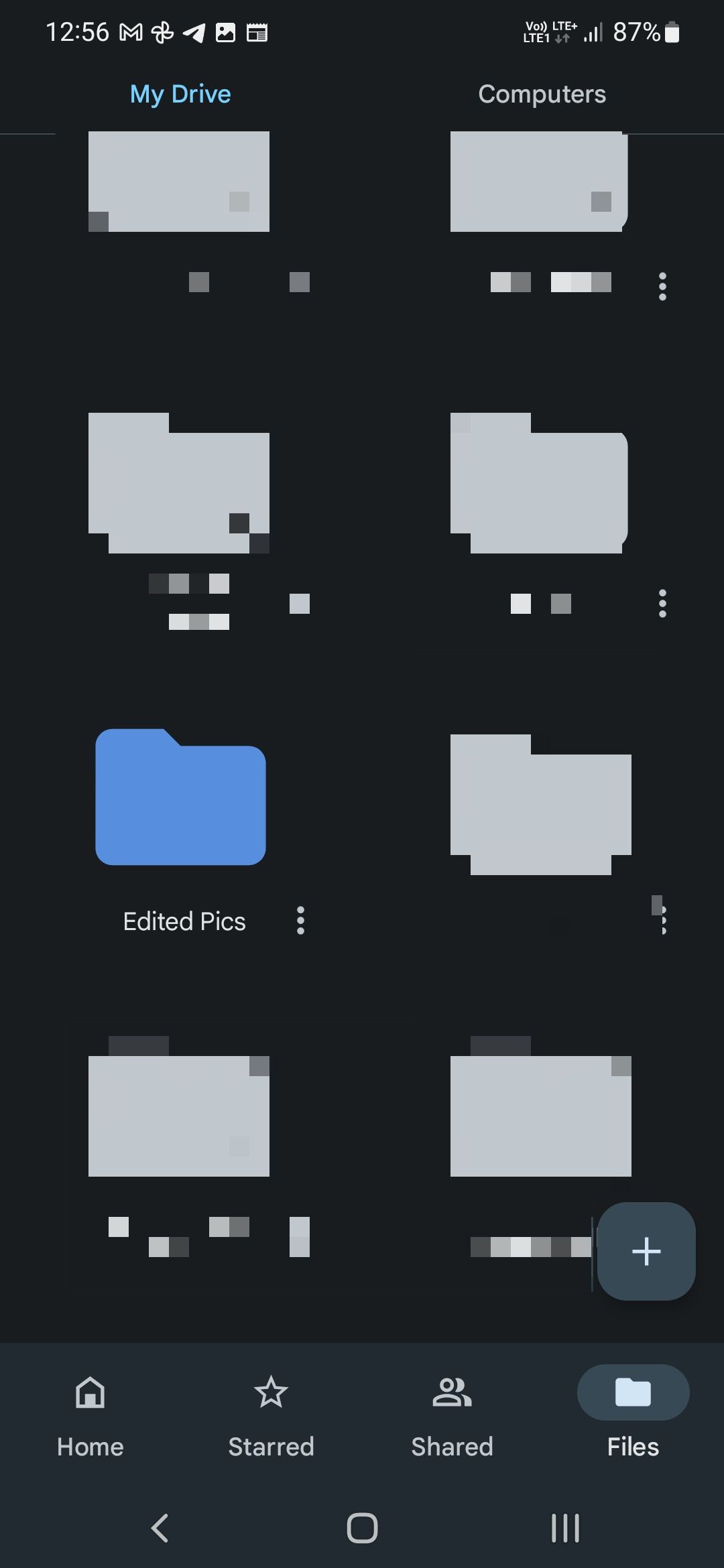
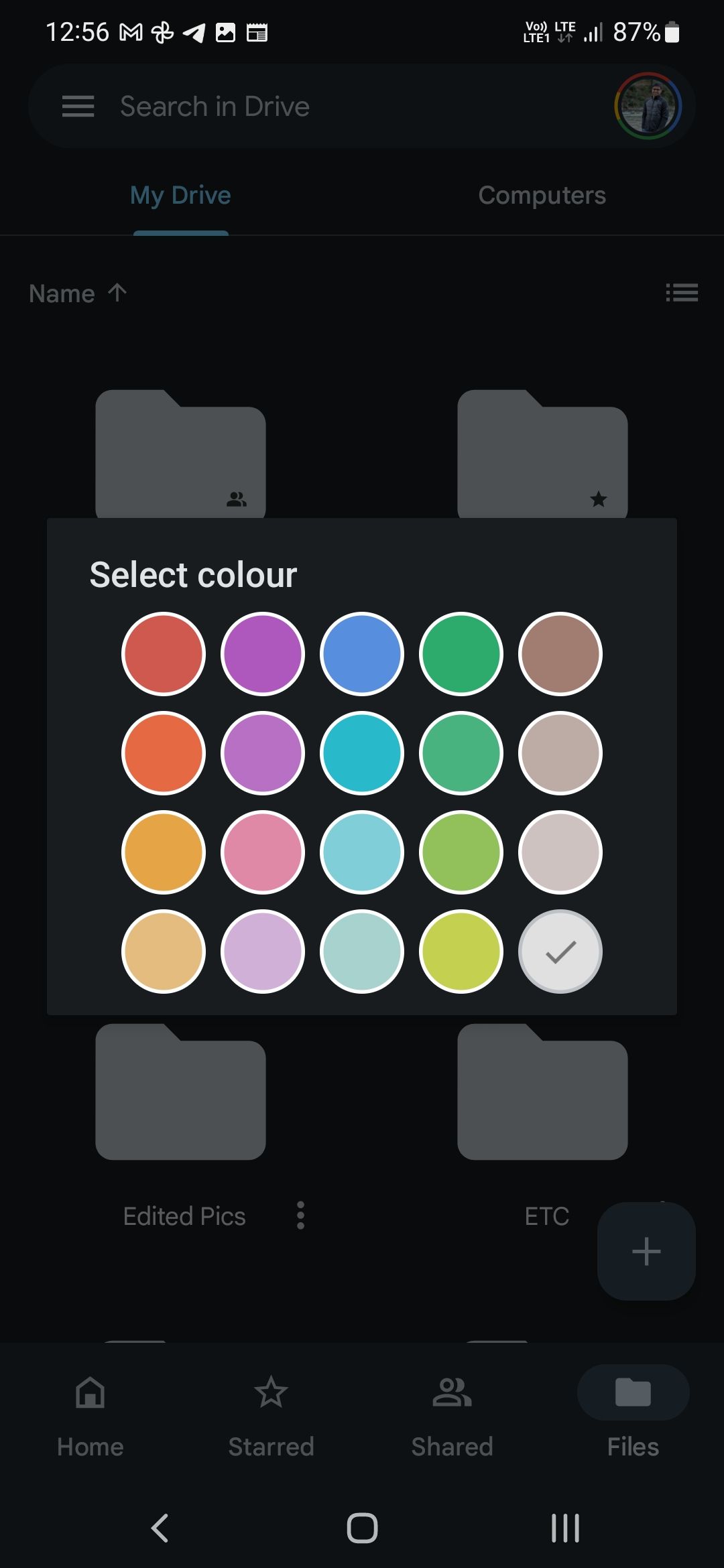
Quickly convert files to PDF
Want to quickly convert a Word or a Google Docs file to PDF for sharing purposes? You can do so using Google Drive.
- Open the Google Drive app on your phone.
- Open the file you want to convert to PDF.
- If it's a Microsoft Excel file, you see an option to open it in Google Sheets. Similarly, for text files, you see an option to open them in Google Docs. Select the appropriate option depending on the file type.
- Tap the three-dot (⋮) overflow menu button in the upper-right corner.
- Select Share and Export, followed by Save as.
- Select PDF as your desired file type and tap OK. Google Drive automatically converts and downloads the file on your phone.
Scan documents using the Google Drive app
You can use the Google Drive app on mobile to scan and upload documents to the cloud. When you scan an image, any text on it instantly becomes searchable.
- Open the Google Drive app on your phone.
- Tap the floating + icon in the lower-right corner.
- Tap Scan.
- Grant the app access to your phone's camera if you haven't done so.
- Click a picture of the document or image you want to scan.
-
Confirm your selection by tapping OK. If the photo turns out to be blurry, try again.

- Google Drive automatically scans the image and crops it to the most relevant part. You can flip the image, switch the scan to color, or tweak the crop from the editor that appears afterward.
- Tap the + icon in the lower-left corner to add a new page to the scanned file.
- When everything is done, tap Save to upload the scanned file to Google Drive.
Your central hub for all your files and media
Google Drive is a great way to organize and access all your files, regardless of your device and location. It's also an easy way to share files with others and control their permissions. Talking about sharing, check out our selection of the best Google Photos tips and tricks to share pictures with your loved ones and organize your photo library seamlessly.

